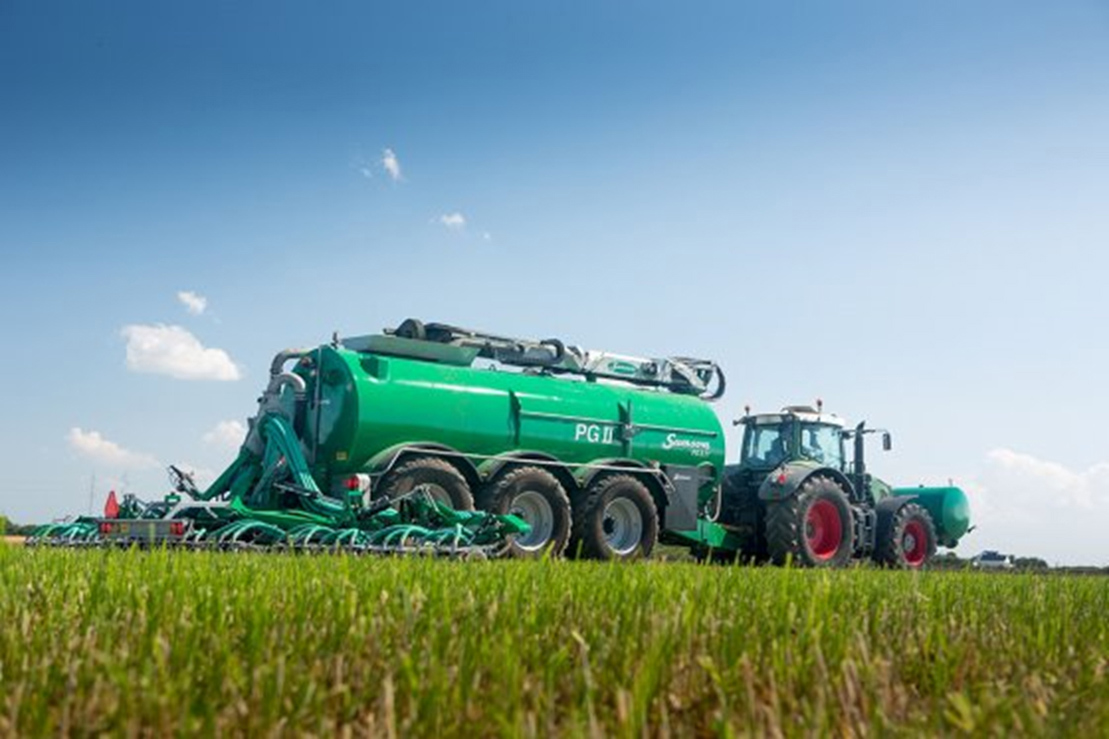NanoNord A/S is a Danish, privately owned company with unique and strong bonds to the world of science and university research. They specialize in the development of real-time, online analysis systems for an array of industries.
The company presents an accurate, fast, and robust nuclear magnetic resonance (NMR) sensor for measurement of nitrogen (ammonia, total nitrogen), phosphorous (free phosphates, total phosphate), salts (sodium, potassium, chloride), and total solid in wastewater, digester slurries, and fertilizers being an outcome from wastewater treatment or biogas production. Tveskaeg is aslo used for salt measurement in the food industry. Their sensors are present for laboratory measurements as well as in-line measurements for direct process control.
Easy Engineering: Tell us about your ranges of products.
NanoNord:

Figure Left (benchtop version): NanoNord TVESKAEG NMR sensors for laboratory (sample insertions via a tube or pumped to the rf coil with a peristatic pump)
Figure Right (flow version): for in-line measurements
The instrument, based on a 1.5 T Halbach magnet, ultrafast FPGA electronics, and cloud data transmission, is of dimensions 74 x 40 x 25 cm and the weight is around 40 kg.
E.E:What special characteristics do your products have?
NanoNord: Nuclear Magnetic Resonance (NMR), as known from advanced research/analytical laboratories and hospitals (Magnetic Resonance Imaging, MRI) represents an ideal candidate for qualitative and quantitative measurement of a number of highly relevant parameters. However, in its traditional setting it is far too expensive and demanding in terms of operation for wastewater applications. In this presentation, we present a cost-efficient, easy-to-operate low-field NMR sensor, for fast and accurate determination of parameters such as nitrogen (ammonia, total N), phosphorous (phosphates, total phosphate), salts (sodium, chloride potassium), and total solids.
The instrument is capable of fast, on-the-fly measurement of close to 100 NMR isotopes to adapt ideally for the information content relevant for the site of in-line installation or laboratory analysis. The method is non-invasive, analyses the full sample (not only the surface as for many optical/colorimetric sensors), does not require chemicals, is self-calibrating and not depending on large reference databases for similar samples, and it does not require large quantities of operation assistance nor NMR expert personnel.
E.E: Is there a special project that your products were used in?
NanoNord: Tveskaeg systems are commercially available and already in industrial use.
Our products are the results of years of extensive research, testing and close collaboration with universities, businesses and research institutes such as the Nano science center iNano at Aarhus University to whom we have strong ties.
Extensive laboratory trails have been conducted by Agrolab in Germany and Dumea in the Netherlands.
Ongoing trials at biogas plants include operator Nature Energy and equipment manufacturer Bigadan in Denmark.
Ongoing trials in several waste water treatment plants like BIOFOS in Copenhagen.
Finally, Danish slurry tanker manufacturer Samson did a prototype integration on a slurry spreader which won a silver medal for innovation at Agritechnica 2019 and FIMA 2020.
E.E: How do your products differ from others?
NanoNord: Tveskaeg sensor for precise and accurate measurement of nitrogen (ammonia, total nitrogen), phosphorous (free phosphates, total phosphate), salts (sodium, potassium, chloride), and total solid in wastewater, digester slurries, and fertilizers is considered as the most reliable and greater technology than NIR technology.
NanoNord’s instrument is novel and unique in that:
- Measurements are accurate and fast with the results presented simply, e.g. %, ml/L
- With appropriate programing, the instrument is capable of measuring over 100 elements in the periodic table
- It is compact and robust requiring minimal maintenance
- It is relatively low cost
- No chemicals or reagents are required.
More specifically with reference to manure analysis, advantages include:
- It is a direct measurement so calibration is not required for different manure types
- Measurement can be conducted locally by a lay person in near real time
- It is low cost – sample transportation, sample preparation and expensive laboratory processing can be minimized or eliminated
- It can be integrated into manure processing including storage, transfer and transportation.

E.E: How are they used by your clients?
NanoNord: Tveskaeg Benchtop is used as a laboratory equipment for manual or sample-changer assisted analysis.
With Tveskaeg Benchtop Pump, samples are aspirated into 9mm sample tubes prior to analysis.
The Tveskaeg™ Flow system is connected directly to the source tank that need to be analysed. It allows automatic analysis of the parameters with an external shredder pump.
E.E: How do your products help them overcome these problems?
NanoNord:
- Typically slow turn-around time for laboratory-based analysis
- Control of incoming slurry to processing plants
- Control of various steps in manure processing (on-site process control, NIRS not applicable due to shifting sample matrices.
- Control of NPK product streams
The processing of manure is an important environmental issue. In Europe, the Nitrates Directive and Water Framework Directive mandate the careful management and control of N,P & K which in turn is increasingly leading to national legislation. On the other hand, manure is a valuable resource. Tveskaeg facilitates compliance management at a lower cost and enables the smart application of slurry to the land to meet nutrient need and absorption capacity.
In wastewater treatment and biorefinery processes it is of great interest to have access to detailed information about nutrients and other constituents in the process tanks all way from the influx water to the effluent clean water and side stream products such as biogas and solid fertilizers. This information may result from non-frequent laboratory measurements or more practically through continuous in-line measurements often directed to big data analysis and forming the basis for automatic control procedures. In addition to being accurate and sufficiently fast for the given control requirements, it is fundamental that the technology is robust to accommodate the hostile/challenging measuring environments as typically encountered in wastewater and biorefinery plants.
E.E: Tell us about the future improvement of your products?
NanoNord: Nanonord is in constant development to do more accurate and cost effective sensors in more different industries.

